[ad_1]
Indoor gardening goes beyond being a mere hobby; it’s a chance to bring a slice of nature into your home, enhance air quality, and cultivate a calming atmosphere. If you enjoy growing plants indoors, adding a touch of style to your garden can be just as important as picking the right plants. Crafting your own planters allows you to infuse your garden with your personal flair and creativity.
In this guide, we’ll explore a range of DIY planter ideas that are both eye-catching and functional. From giving new life to everyday items to designing planters from scratch, these projects will help you elevate your indoor garden into a stunning retreat. Whether you’re a green thumb or just beginning, these ideas will inspire you to add a unique, personalized touch to your indoor green space.
Why DIY Planters?
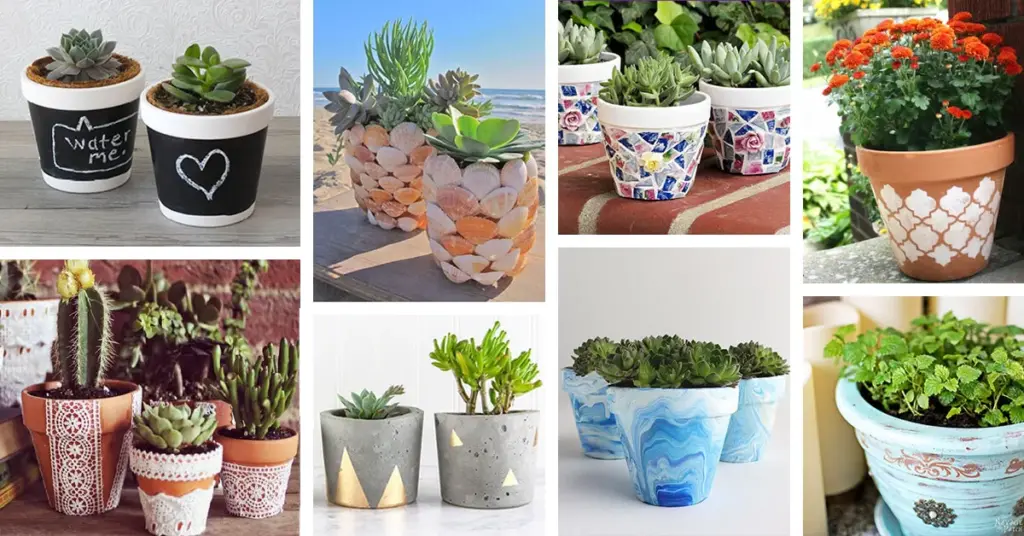
Before diving into the DIY projects, it’s worth understanding why creating your own planters can be so rewarding:
- Personalization: DIY planters allow you to tailor designs to fit your specific style and the needs of your plants. Whether you prefer a modern look or something more rustic, you can create planters that perfectly match your vision.
- Sustainability: By repurposing items you already have or using eco-friendly materials, you reduce waste and contribute to a more sustainable lifestyle.
- Cost-Effectiveness: Store-bought planters can be expensive. DIY options often cost less and allow you to experiment with different materials and designs.
- Creativity: Crafting your own planters is a fun and creative way to engage with your indoor garden. You can experiment with various techniques and materials, making each project uniquely yours.
Essential Tools and Materials
Before starting any DIY planter project, gather the following tools and materials:
- Basic Tools: Scissors, glue gun, drill, paintbrushes, and sandpaper.
- Materials: Depending on the project, you might need items like terracotta pots, wood, fabric, paint, screws, nails, or old containers.
- Protective Gear: Safety goggles and gloves to ensure safe crafting.
Stunning DIY Planter Ideas
1. Mason Jar Planters
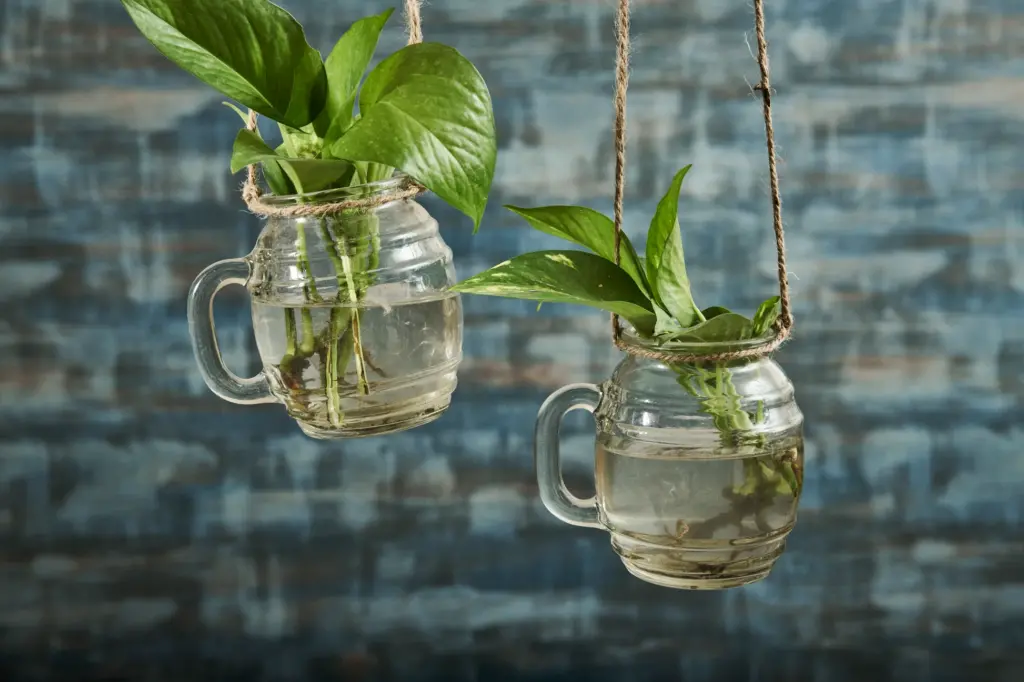
Mason jars are versatile and can be used to create charming planters for small herbs or succulents.
Materials:
- Mason jars
- Paint or fabric for decoration
- Potting soil
- Small plants or succulents
Instructions:
- Clean the mason jars thoroughly.
- Decorate the jars using paint or wrap them with fabric and secure with a ribbon.
- Fill the jars with potting soil, and plant your chosen greenery.
- Place the jars in a sunny spot or use them as part of a decorative display.
2. Hanging Macrame Planters
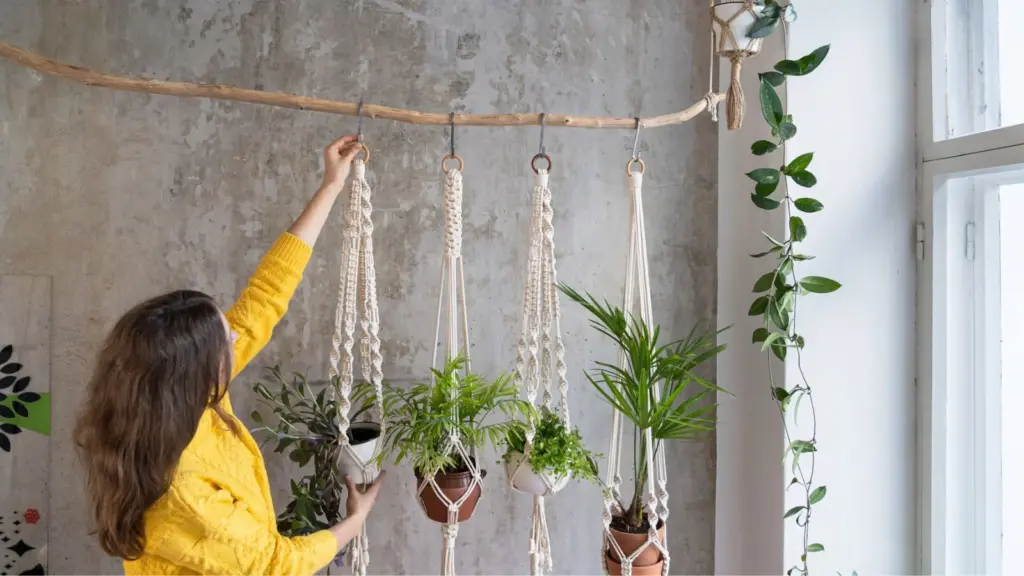
Macrame planters are a stylish way to showcase your plants and add a boho-chic touch to your space.
Materials:
- Macrame cord
- A ring or wooden dowel
- Planter pots
- Scissors
Instructions:
- Cut the macrame cord into several lengths.
- Knot the cords together to create a hanging design, ensuring you leave loops at the top for hanging.
- Attach the planter pot to the macrame design.
- Hang the finished planter in a suitable spot.
3. Wooden Crate Planters

Wooden crates can be transformed into rustic planters perfect for larger indoor plants.
Materials:
- Wooden crates
- Sandpaper
- Paint or wood stain
- Drill (if necessary)
Instructions:
- Sand the wooden crates to smooth any rough edges.
- Paint or stain the crates as desired.
- If the crates don’t have a bottom, attach a piece of wood to create a base.
- Fill with potting soil and plant your greenery.
4. Concrete Planters

Concrete planters offer a modern, industrial look and are surprisingly easy to make.
Materials:
- Concrete mix
- Molds (plastic containers or silicone molds)
- Gloves
- Water
Instructions:
- Mix the concrete according to the package instructions.
- Pour the mixture into the molds, and let it set.
- Once dry, remove the concrete planters from the molds.
- Seal if desired, and add your favorite plants.
5. Tin Can Planters
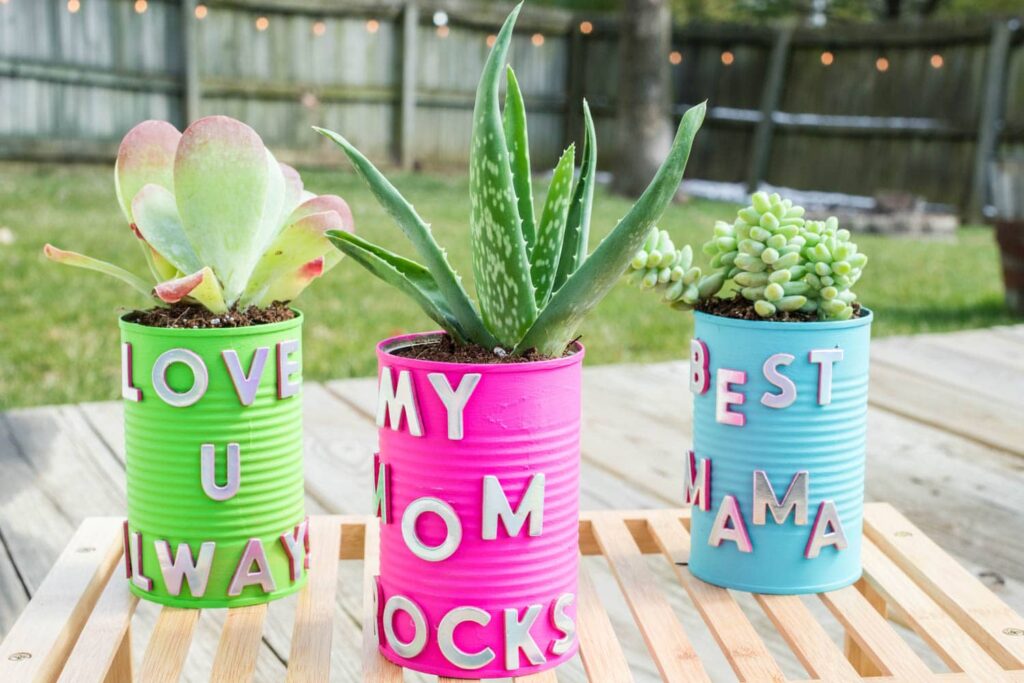
Repurposing tin cans into planters is a budget-friendly and creative way to add greenery to your home.
Materials:
- Empty tin cans
- Paint or decorative paper
- Potting soil
- Plants
Instructions:
- Clean the tin cans and remove any labels.
- Decorate the cans with paint or wrap them with decorative paper.
- Punch holes in the bottom for drainage.
- Fill with potting soil and plant your chosen greenery.
6. Hollowed Log Planters
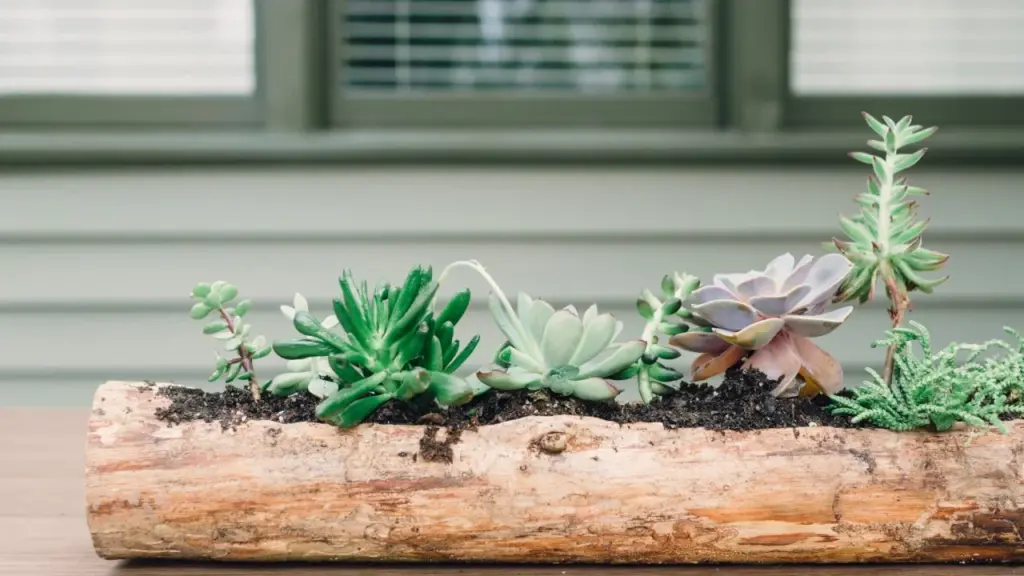
For a rustic and natural touch, hollowed logs make unique and eye-catching planters.
Materials:
- A log or large branch
- A saw
- Drill
- Potting soil
Instructions:
- Hollow out the log using a drill or chisel.
- Sand the interior to smooth rough edges.
- Place potting soil in the log and plant your greenery.
- Position the log planter in a suitable location.
7. Teacup Planters

Vintage teacups make charming planters, especially for small succulents or herbs.
Materials:
- Old teacups
- Potting soil
- Small plants or succulents
Instructions:
- Ensure the teacups are clean and dry.
- Add potting soil to the teacups.
- Plant your chosen greenery.
- Display the teacup planters on shelves or windowsills.
8. Vertical Garden Planters
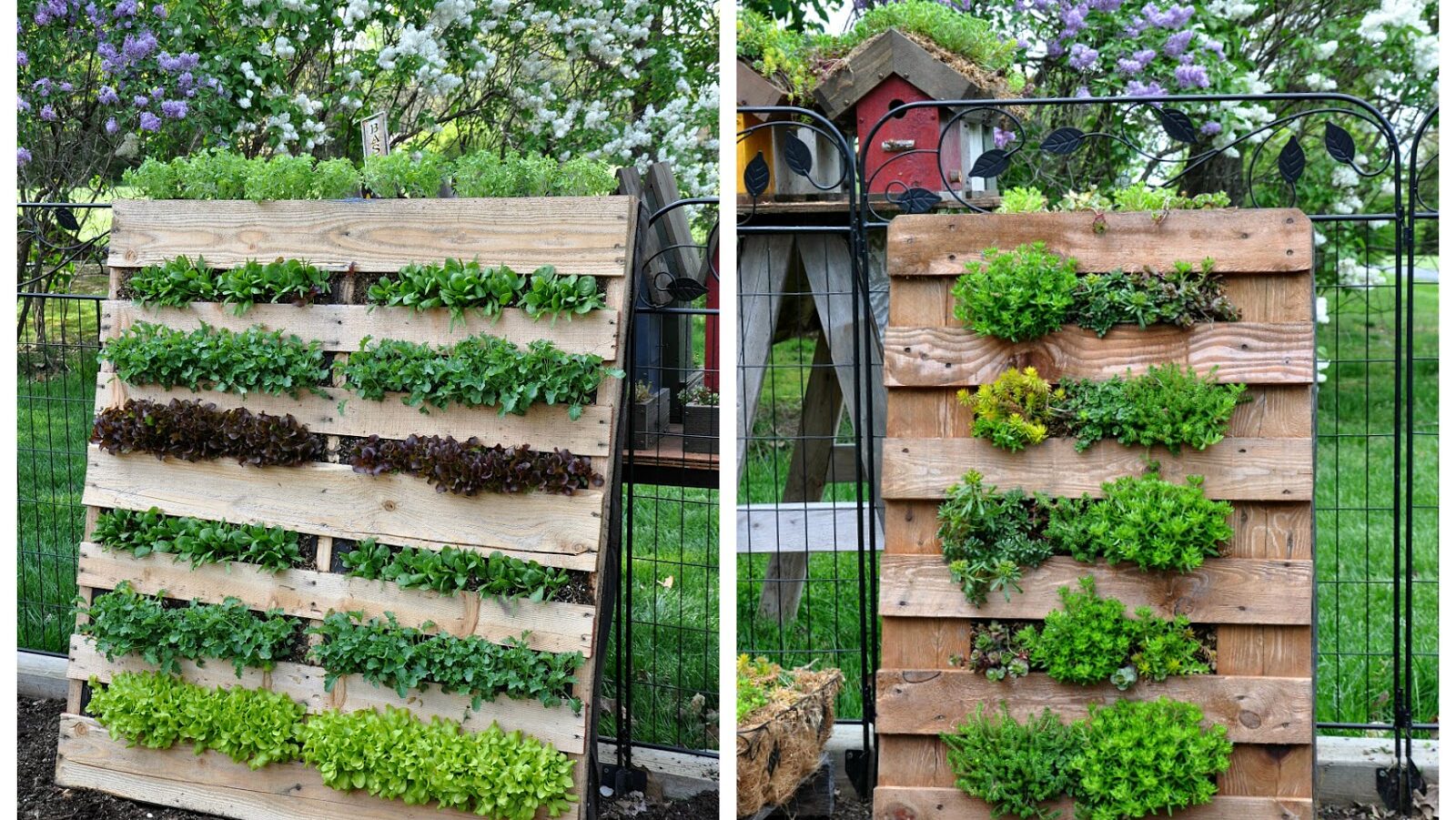
Vertical garden planters are perfect for small spaces and can be a striking feature in your indoor garden.
Materials:
- Wall-mounted planters or pockets
- Potting soil
- Plants
Instructions:
- Mount the planters or pockets on a wall.
- Fill with potting soil and add plants.
- Arrange the planters in a visually pleasing pattern.
Tips for Successful Indoor Planters
- Choose the Right Plants: Select plants that thrive in indoor conditions and suit your lighting situation.
- Ensure Proper Drainage: Good drainage is crucial for plant health. Make sure your planters have drainage holes or add a layer of gravel at the bottom.
- Regular Maintenance: Keep an eye on your plants and planters. Water as needed, and clean the planters to prevent mold or pests.
- Seasonal Adjustments: Some plants may require different care during different seasons. Adjust your care routine accordingly.
[ad_2]



